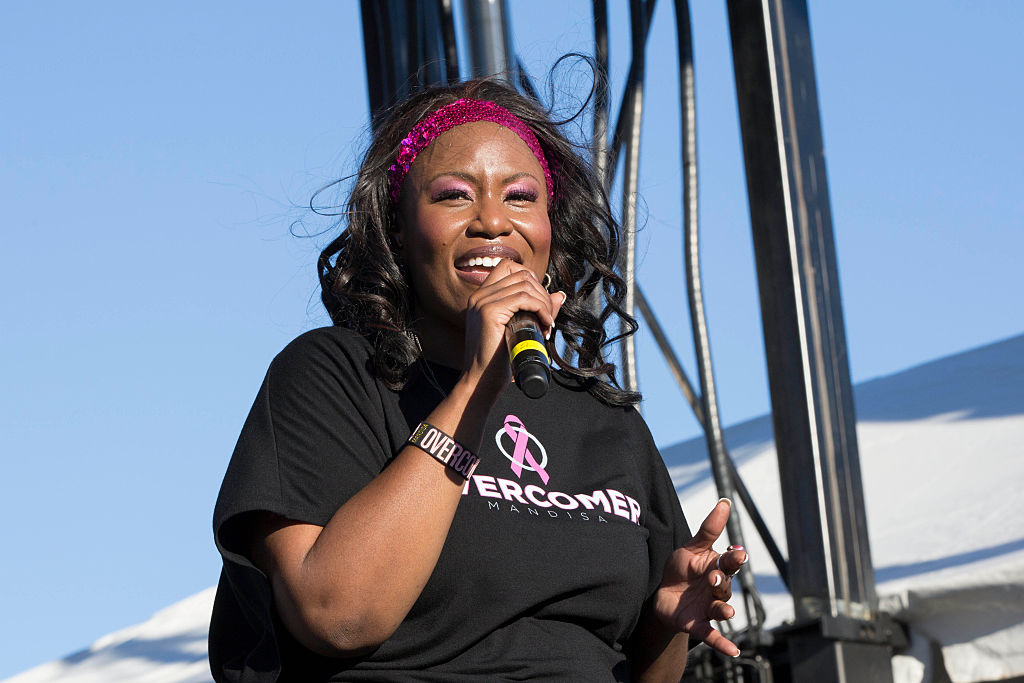WHAT EXACTLY IS MUMPS?
Mumps is a viral illness. The average incubation period for mumps is 16 to 18 days, with a range of 12 to 25 days.
WHAT ARE THE SYMPTOMS OF MUMPS?
15%-20% of people have NO SYMPTOMS-but they can still pass this on to others who lack immunity (most common in adults). 50% are infections associated with nonspecific respiratory symptoms.
Nonspecific symptoms like fever, headache, muscle aches, fatigue and no appetite. Classical presentation-30%-40%-Parotitis –one side or both salivary glands are swollen which gives the “swollen cheeks” appearance (like someone has a mouth full of marbles) –occurs mostly in kids aged 2-9 years.
Swelling is first visible in front of the lower part of the ear. It then extends downward and forward as fluid builds up in the skin and soft tissue of the face and neck. Swelling usually peaks in 1 to 3 days and then subsides during the next week. The swollen tissue pushes the angle of the ear up and out.
Before a vaccine was available, mumps accounted for about 10% of viral meningitis reported in the United States. This complication is now rare. Up to 10% of post-puberty males experience orchitis (testicular inflammation) as a complication of mumps. This may involve pain, swelling, nausea, vomiting, and fever, with tenderness of the area possibly lasting for weeks. Approximately half of patients with orchitis have some degree of testicular atrophy, but sterility is rare.
Deafness, in one or both ears, can occur in approximately one per 20,000 reported cases of mumps.
DO WE KNOW HOW MANY PEOPLE IN THE U.S. HAVE THE MUMPS?
Between Jan 1 and August 11, 2018, the CDC reports 1665 cases. Due to excellent efficacy of immunization-with the exception of outbreaks, mumps in rare overall in the US. An estimated 212,000 cases occurred in 1964, while only 229 cases were reported in 2012. However, in 2017 and 2016 – as many as 6,500 cases were reported (due to outbreaks).
WHY IS THE DISEASE MAKING A COMEBACK?
Outbreaks occur. Also, people who are not immunized can get mumps. The intensity of exposure (saliva swapping college kids, close-contact behaviors that increased risk of transmission.
HOW DOES IT SPREAD?
Direct contact with respiratory secretions or saliva – coughing, sneezing, or talking, sharing items such as cups, cigarettes, chapstick or eating utensils, and touching objects or surfaces with unwashed hands that are then touched by others.
WHAT CAUSES MUMPS?
Paramyxovirus, a member of the Rubulavirus family.
SHOULD EVERYONE GET VACCINATED FOR THE MUMPS?
Yes-! Vaccinated cases are less likely to present severe symptoms or complications than under or unvaccinated cases.
HOW EFFECTIVE IS THE MUMPS VACCINE?
78% one shot, 88% after getting both shots. 2 doses: first dose around first year of life-MUST BE GIVEN AFTER AGE ONE OR IT WONT COUNT!!!
Dose #1- 12-15 months
Dose #2-Age 4-6 years
Just give 2 doses 1 month apart if you are older than this. In October 2017, the Advisory Committee on Immunization Practices (ACIP) recommended that persons previously vaccinated with two doses of a mumps-virus containing vaccine who are identified by public health authorities as being part of a group or population at increased risk should receive a third dose of a mumps-virus containing vaccine to improve protection against mumps disease and related complications.
ARE THERE ANY RISKS ASSOCIATED WITH GETTING THE MMR VACCINE?
Fever is the most common side effect, occurring in 5%–15% of vaccine recipients. About 5% of people develop a mild rash. Anyone who had a severe allergic reaction (e.g., generalized hives, swelling of the lips, tongue, or throat, difficulty breathing) following the 1st dose of MMR should not receive a second dose. Anyone knowing they are allergic to an MMR component (e.g., gelatin, neomycin) should not receive this vaccine.
Live vaccine- pregnant women and severely immunocompromised people should not be given MMR vaccine. This includes people with conditions such as congenital immunodeficiency, AIDS, leukemia, lymphoma, generalized malignancy, and those receiving treatment for cancer with drugs, radiation, or large doses of corticosteroids.
There is no scientific evidence that MMR, or any other vaccine causes autism. The question about a possible link between MMR vaccine and autism has been extensively reviewed by independent groups of experts in the U.S. including the National Academy of Sciences’ Institute of Medicine. These reviews have concluded that there is no association between MMR vaccine and autism.
WILL YOU GET THE MUMPS AFTER GETTING THE VACCINE?
It is not 100% effective (approximately 88%) so it is possible.
WHAT IS THE BEST TREATMENT FOR MUMPS?
Supportive therapy- There is no cure for mumps, only supportive treatment (bed rest, fluids, and fever reduction). When a person is ill with mumps, he or she should avoid contact with others from the time of diagnosis until at least 5 days after the onset of parotitis by staying home from work or school and staying in a separate room, if possible.
HOW LONG WILL MUMPS LAST??
Usually 2-10 days.
WHAT SHOULD I DO DURING A MUMPS OUTBREAK?
Get vaccinated!!! Healthcare workers consider the entire group that could have been exposed, have their immune status verified (vaccination, serologic evidence of immunity). Educate at-risk populations on how to prevent the spread of mumps and signs and symptoms of the disease. Exclusion of susceptible students from schools/colleges affected by a mumps outbreaks (and other, unaffected schools judged by local public health authorities to be at risk for transmitting the disease) could be considered as one way to help control mumps outbreaks.
WHO IS AT THE HIGHEST RISK FOR GETTING MUMPS?
Since 2015, numerous outbreaks have been reported across the US, in college campuses, prisons, and close-knit communities, including a large outbreak in northwest Arkansas where almost 3,000 cases were reported in 2016. These outbreaks have shown that when people with mumps have close contact with a lot of other people (such as among students living in dormitories and students and families in close-knit communities) mumps can spread, even among vaccinated people.
However, outbreaks are much larger in areas where vaccine coverage rates are lower. In school settings, children in kindergarten through 12th grade should have documentation of two doses of MMR vaccine. Unvaccinated persons are more likely to become ill and experience more severe symptoms and complications of mumps.
References:
http://www.immunize.org/catg.d/p4211.pdf
https://www.cdc.gov/mumps/about/signs-symptoms.html
“MMR vaccine does not cause autism – Examine the evidence!” lists all the major studies related to this issue.
Dr. Contessa Metcalfe has an undergraduate degree from Xavier University of Louisiana, a medical degree from St. Louis University and residency at the National Naval Medical Center. After serving in the Navy as a flight surgeon, Dr. Contessa now owns a medical concierge service called Acute Face MD where she provides VIP services for her patients while focusing on occupational and preventive medicine. Dr. Contessa is a current cast member of Bravo’s “Married to Medicine.” She also owns a TCBY frozen yogurt café in Atlanta, and she is a real estate entrepreneur.
Sign Up For Our Newsletter!
Latest News:
- Giancarlo Esposito Was So Broke He Considered Doing What???
- Regina King Does A Style Switch-Up In Shanghai – And We Are Swooning!
- Is Alabama Killing Prisoners to Steal Their Organs?
- Kash Doll Unveils The Name Of Her Baby Girl At A Pinktastic Tea Party
- Grammy-Award Winning Singer Mandisa Passes Away At 47
Mumps Are Back – Here’s What You Should Know was originally published on blackamericaweb.com














